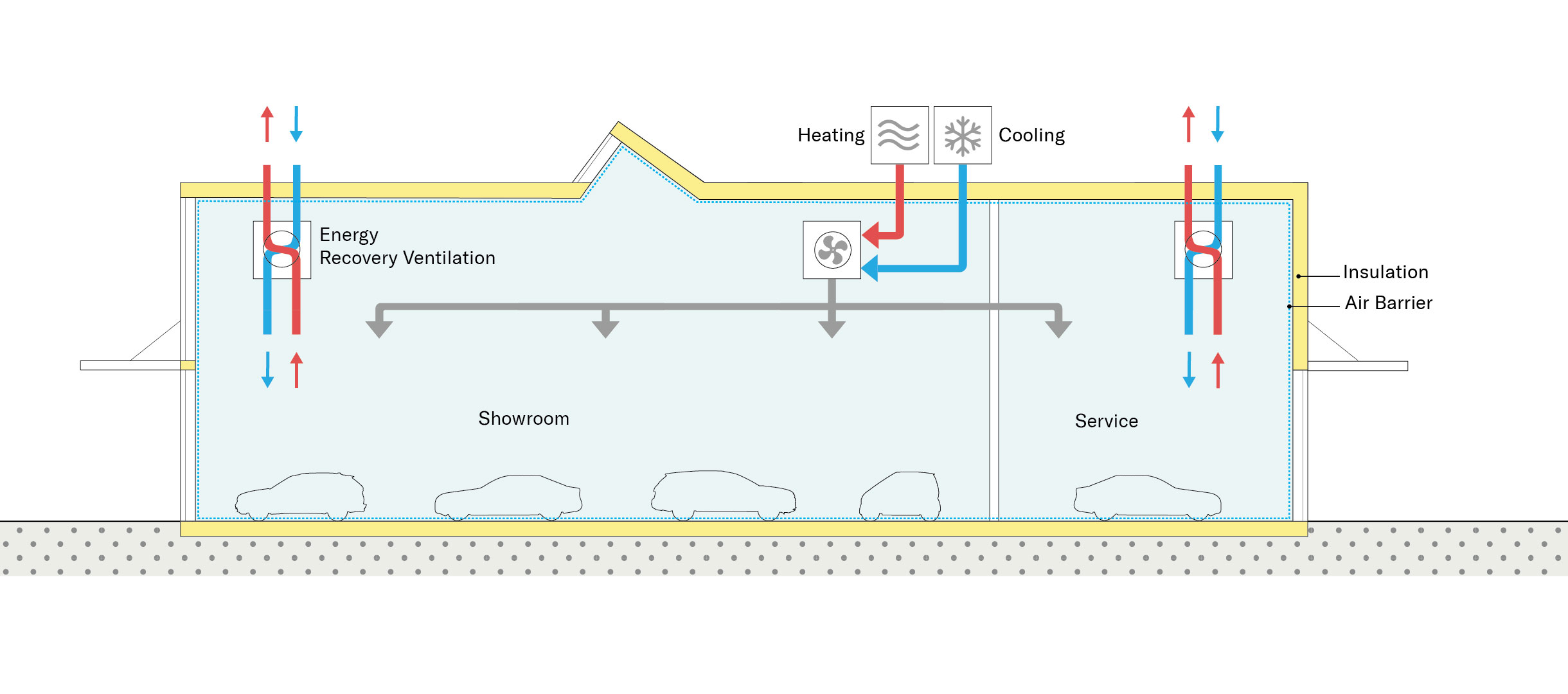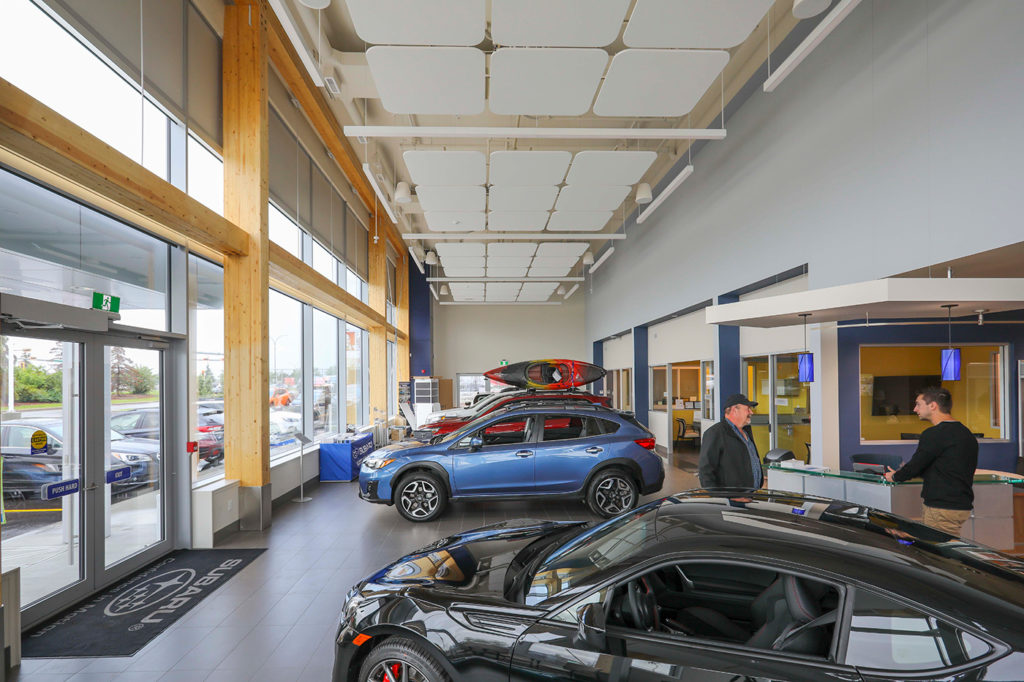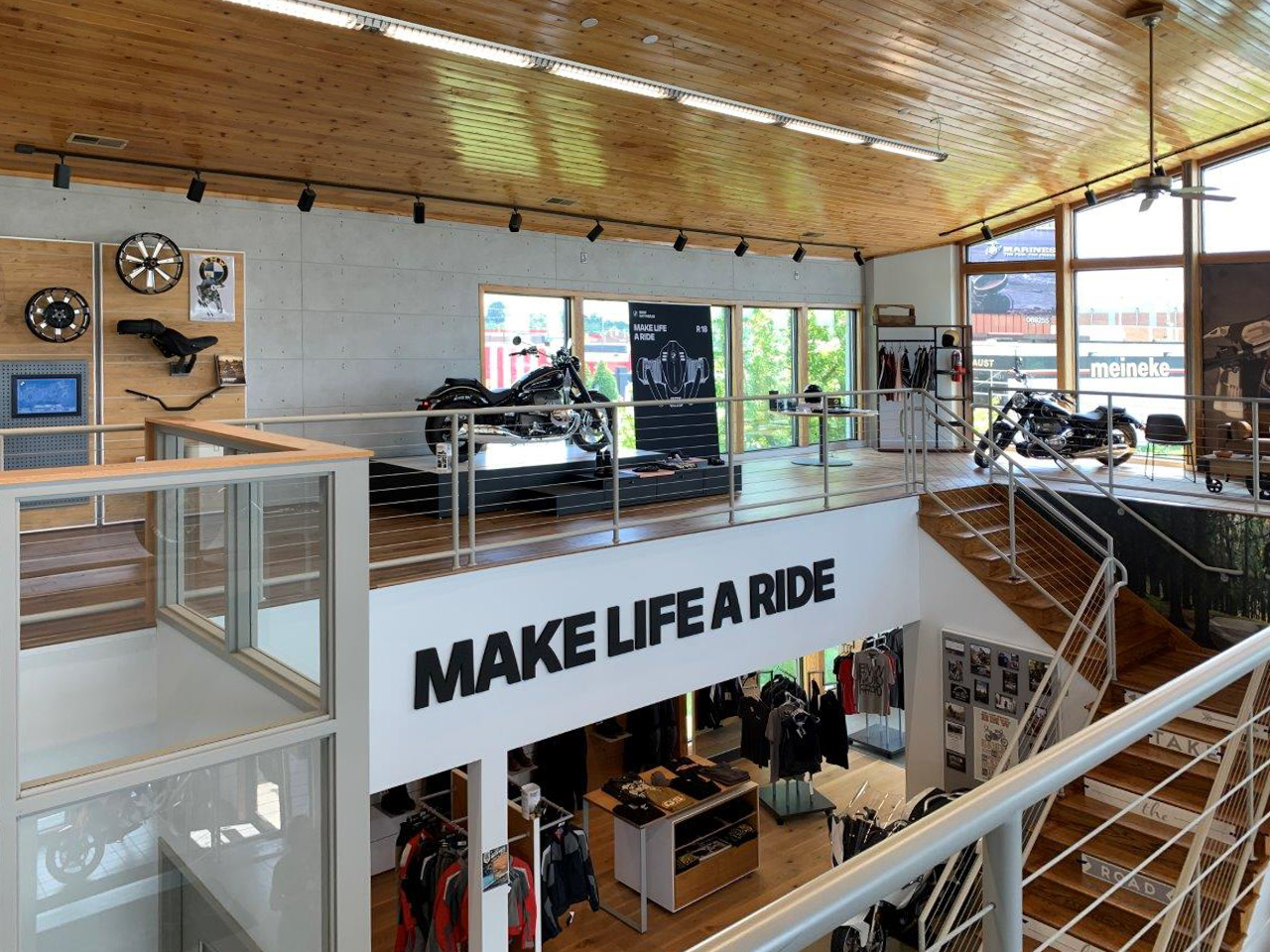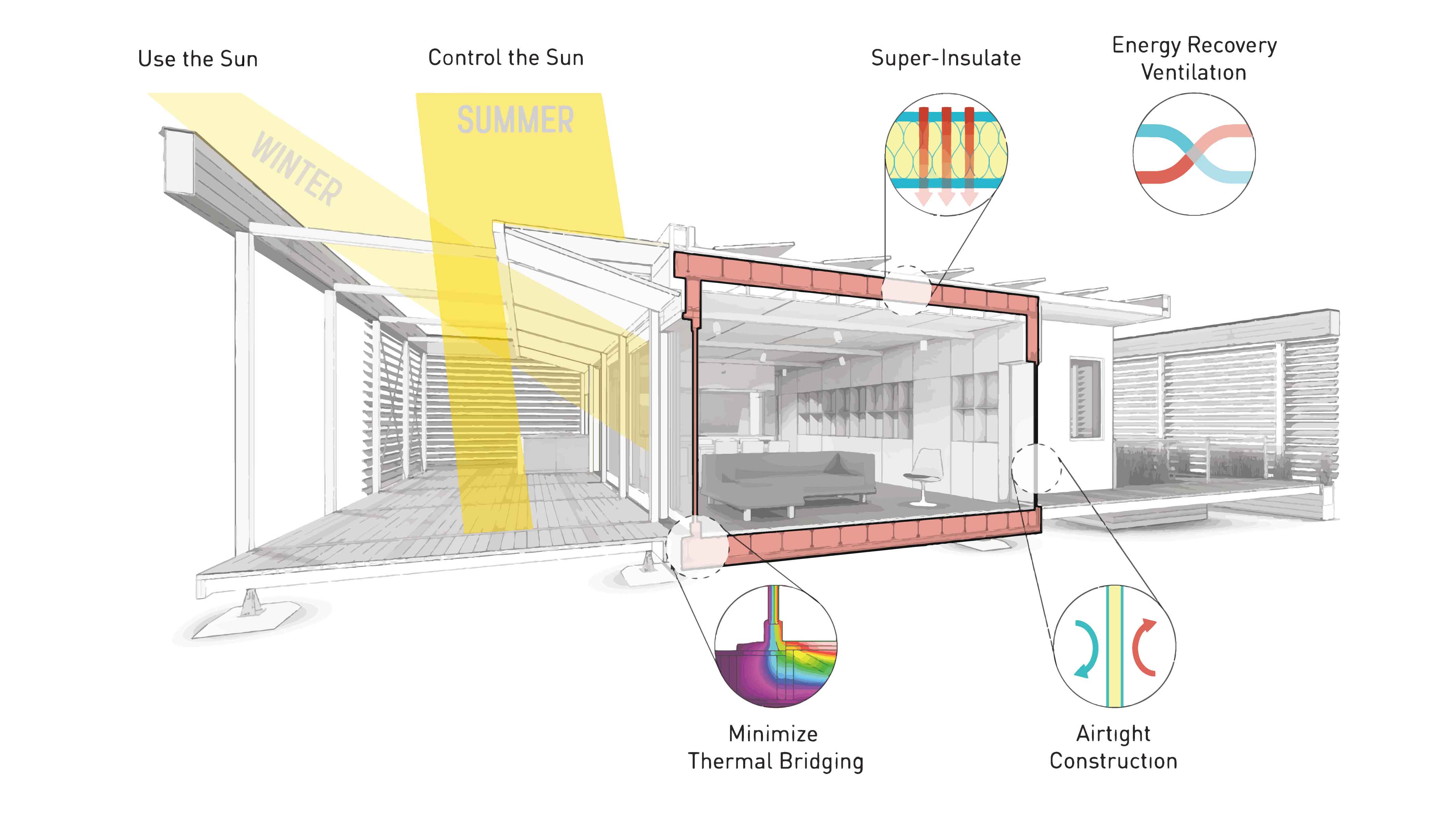The Intersection of Green Architecture and Automotive Dealerships
2025.07.17

For automotive dealership owners, sustainability is no longer just a checkbox—it’s a strategic value proposition. Today’s forward-thinking clients expect the spaces they enter to embody the same climate commitments as the vehicles they’re purchasing. That’s why at Circular, we design buildings that prioritize efficiency, comfort, and transparency over excess. For the public, this means a cleaner, healthier experience with naturally lit spaces, recycled materials, and renewable energy systems. We are excited to help automotive companies achieve new levels of performance and sustainability through thoughtful, future-ready design.

Dealerships are embracing sustainable design by thoughtfully integrating more innovative passive architectural strategies, on-site renewables, eco-friendly materials, water conservation, and community-oriented features. Through strategic orientation and natural ventilation, these buildings reduce reliance on artificial lighting and HVAC systems, cutting energy use and improving comfort. Solar installations—on rooftops or carports—not only lower utility costs but also visibly reinforce a commitment to clean energy.
Recycled steel, reclaimed wood, low-VOC finishes, and concrete with recycled content are used not only for efficiency but also as authentic design statements. Rainwater harvesting, low-flow fixtures, and native landscaping reflect environmental stewardship while reducing operational expenses. Biophilic elements such as living walls, EV charging stations, green roofs, and interpretive signage foster site activation, enhance brand presence, and connect dealerships to their communities.

Car and motorcycle manufacturers’ shifts toward electrification and carbon neutrality demand that their dealerships and service centers embody those same values. For brands and dealership owners, this means designing future-proof facilities that leverage incentives, modular systems, living walls, locally sourced materials, and integrated mobility hubs to reduce operating costs and strengthen brand identity. These spaces aren’t theoretical visions; pioneering projects today already showcase how regenerative design and on‑site renewables can support electric and micromobility services.
For the public, sustainable dealerships offer more than vehicles—they invite people into a cleaner, healthier future. From the moment you walk through the door, features such as EV charging stations, energy-efficient lighting, and green landscapes signal a commitment to climate-conscious living. As buildings become net-zero or even regenerative, they not only serve customers but also empower communities and promote broader sustainability goals by reducing emissions, enhancing indoor environments, and showing that responsible design can be both beautiful and practical.

At Circular, we design buildings that prioritize efficiency, comfort, and transparency over excess.
A typical car dealership uses at least 20% more energy than standard office buildings of the same size, reflecting the higher demands of lighting, HVAC, and service operations. By integrating Passive House standards, dealerships can achieve overall energy savings of up to 80%, significantly lowering operational costs while enhancing indoor comfort and environmental performance. Circular’s expertise in commercial Passive House design—demonstrated through projects like the Star Garment Innovation Center—lies in creating ultra-efficient, airtight building envelopes with high-performance insulation, advanced ventilation systems, and optimized daylighting to drastically reduce energy use and enhance occupant comfort.
By applying our rigorous, performance-driven approach, Circular brings extensive experience working with challenging and unconventional building types, proving that high-performance architecture is both achievable and cost-effective. Automotive facilities, showrooms, and service centers can be designed to reflect the clean-energy values of electric vehicles, delivering improved indoor air quality, lower operating costs, and a reduced carbon footprint. With circular strategies and modular flexibility built in, sustainable dealerships are not just possible—they’re practical, future-ready, and aligned with the evolving needs of the mobility industry.
Car and motorcycle manufacturers’ shifts toward electrification and carbon neutrality demand that their dealerships and service centers embody those same values.
Relevant Projects



